CT023 – Phylogenetic tracking and minimal residual disease detection using ctDNA in early-stage NSCLC: A lung TRACERx study
AACR Annual Meeting 2020 Online Proceedings and Itinerary Planner Home April 28, 2020
ABSTRACT
INTRODUCTION
Minimal residual disease (MRD) detection in solid tumors describes isolation of circulating tumor DNA (ctDNA) molecules in plasma following definitive treatment of a cancer. Detection of MRD following surgical tumor excision categorizes patients as high risk for disease recurrence. Establishing an MRD approach to treating early-stage NSCLC will facilitate escalation of standard of care (SoC) treatment only in patients destined to relapse from their cancer and overcome challenges associated with conventional adjuvant drug-trial design. Here, we present data from the lung TRACERx study where patients with early-stage NSCLC underwent phylogenetic ctDNA profiling following resection.
METHODS
Patient specific anchored-multiplex PCR (AMP) enrichment panels were generated for 78 lung TRACERx patients who underwent surgery for stage I-III NSCLC; 608 plasma samples were analyzed. Extensive patient-specific cfDNA enrichment panels targeted a median of 196 (range 72 to 482) clonal and subclonal variants detected in primary tumor tissue by multi-region exome sequencing. A novel MRD-caller controlled and estimated background sequencing error to maximize ctDNA detection at low mutant allele frequencies (MAFs). Analytical validation experiments benchmarked assay performance.
RESULTS
Analytical validation of a 50-variant AMP-MRD assay demonstrated a sensitivity of 89% for mutant DNA at a MAF of 0.008% (with 25ng of DNA input into the assay), specificity was 100% experimentally and 99.9% (95% CI: 99.67 to 99.99%) modelled in-silico. 45 patients suffered relapse of their primary NSCLC; ctDNA was detected at or before clinical relapse in 37 of 45 patients. In these 37 patients the median ctDNA lead-time (time from ctDNA detection to clinical relapse) was 151 days (range 0 to 984 days) and the median time to relapse from surgery was 413 days (range 41 to 1242 days). In 10 of 10 patients who developed second primary cancers during follow-up no ctDNA was detected, reflecting specificity of the MRD assay toward the primary tumor. In 23 patients who remained relapse-free during a median of 1184 days of study follow-up, ctDNA was detected in 1 of 199 time-points analyzed. Analysis of SoC adjuvant surveillance imaging (CT, PET-CT or MRI, 220 encounters) revealed examples of MRD positive patients where SoC radiological surveillance was negative for impending relapse. Through application of large cfDNA enrichment panels targeting up to 483 variants per patient we observed dynamic changes in clonal composition and copy-number status prior to NSCLC relapse, categorized relapse as monoclonal or polyclonal and identified distinct subclonal dynamics during systemic intervention for disease recurrence.
CONCLUSIONS
ctDNA is an adjuvant biomarker capable of both detecting MRD following surgery and defining the clonality of relapsing disease. These data pave the way for clinical trials predicated on escalation of adjuvant standard of care in NSCLC patients who exhibit MRD positive status following surgery.
https://www.abstractsonline.com/pp8/#!/9045/presentation/10734
